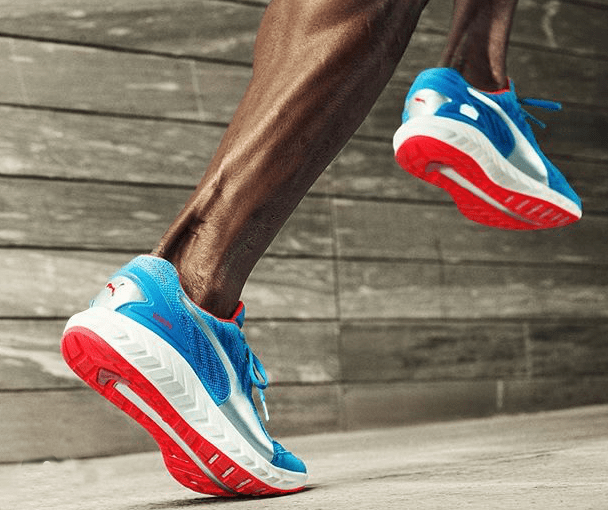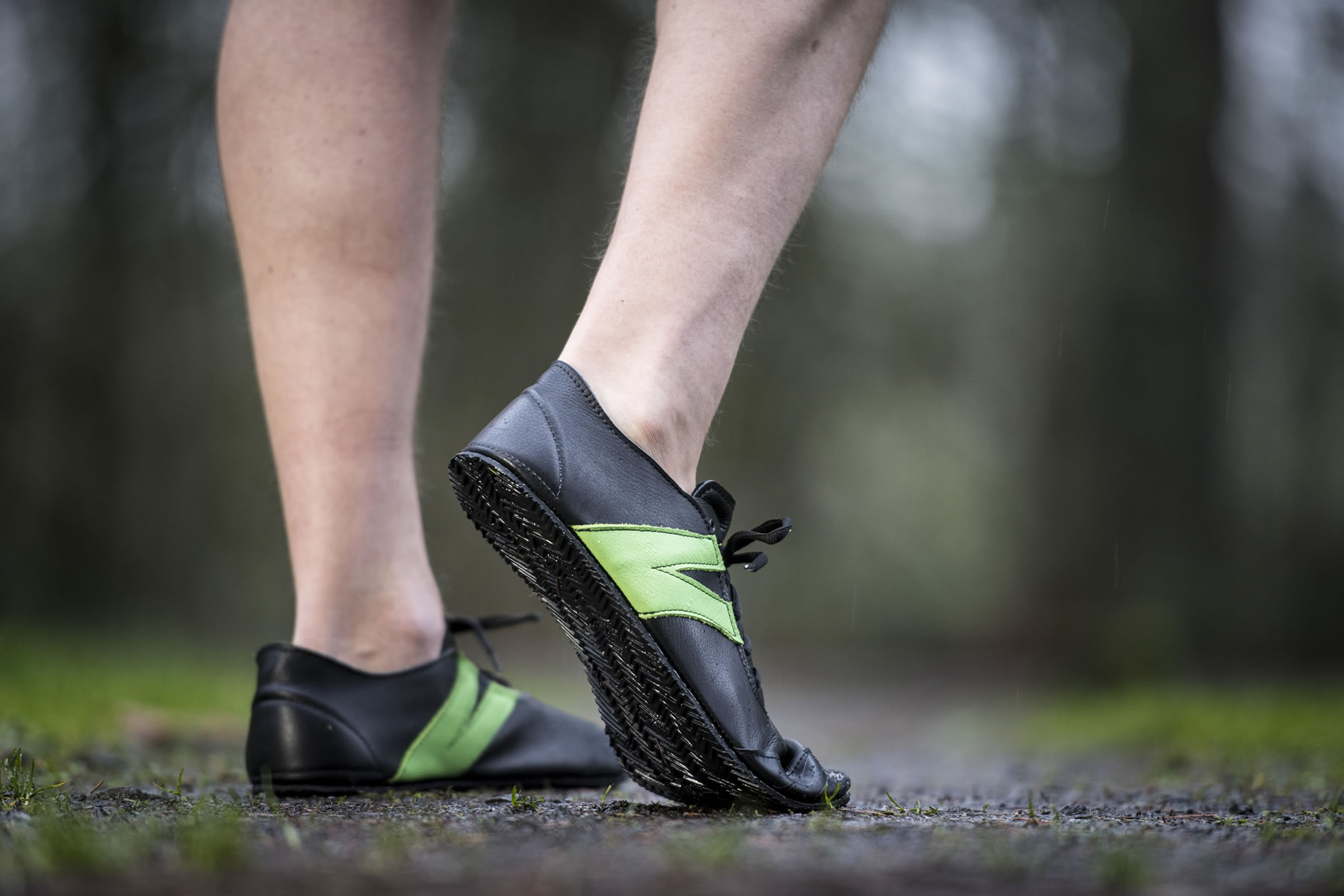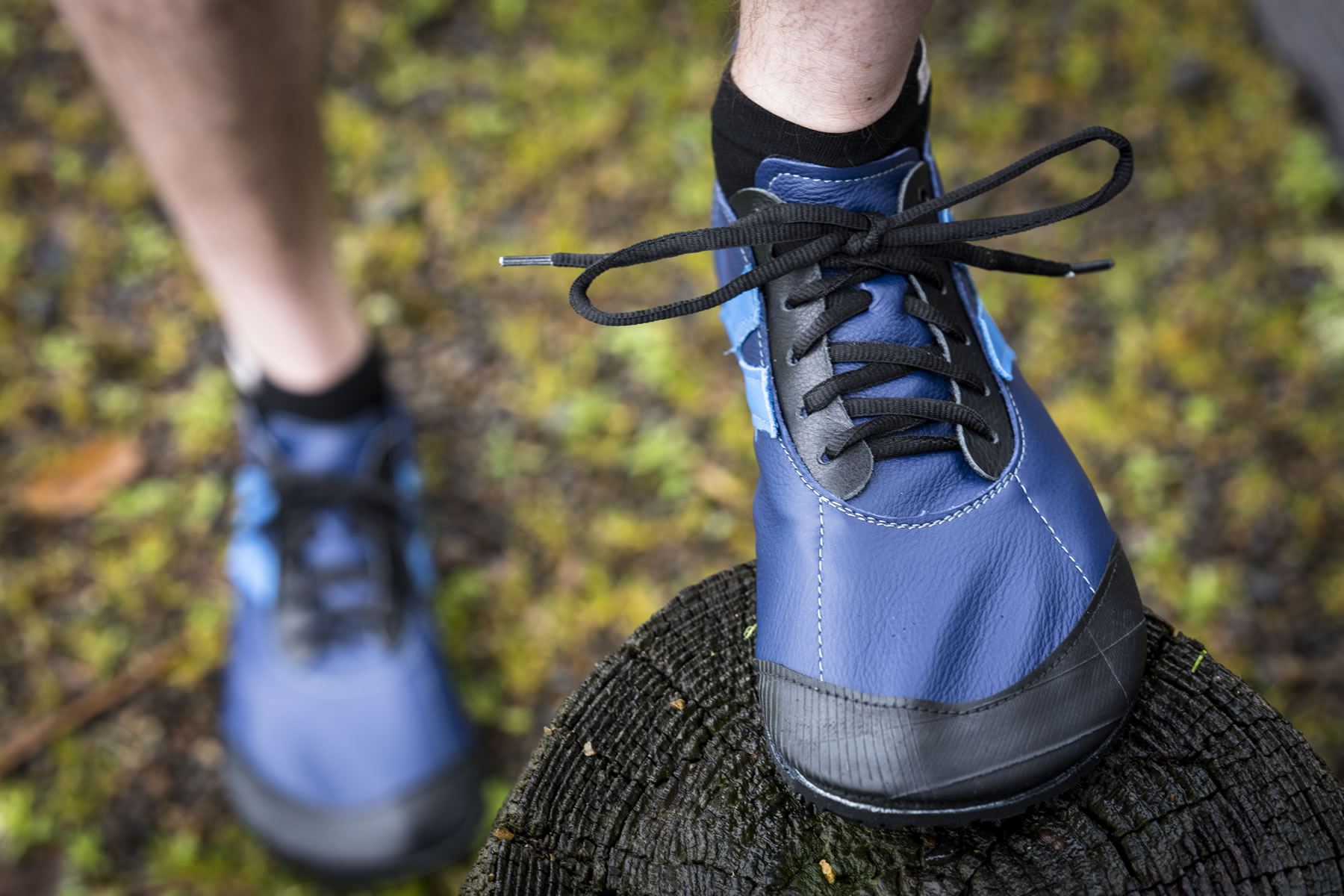Most traditional running shoes are very narrow and inflexible, which makes for a tighter fit, especially at the front of the shoe, also referred to as the toe-box. This remains a key issue for maintaining a healthy foot-shape because more stress on the foot will occur, whether walking or running, since the forefoot and the toes are prevented from properly expanding, extended, flexing and bending. Essentially, the feet aren’t even engaged in a basic physical level in most cushioned running shoes, which is why you don’t progress in foot functional strength, you regress.
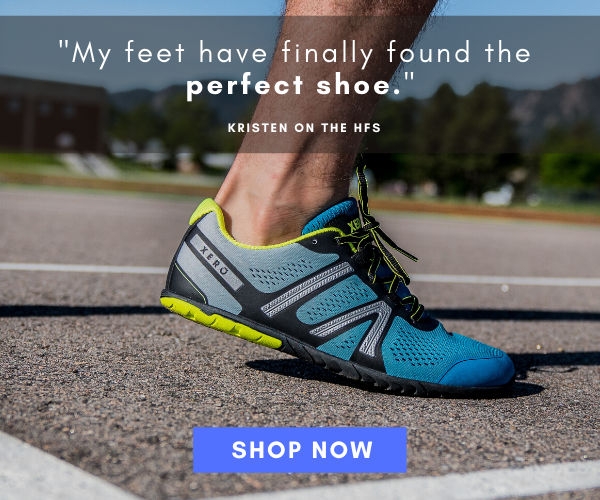
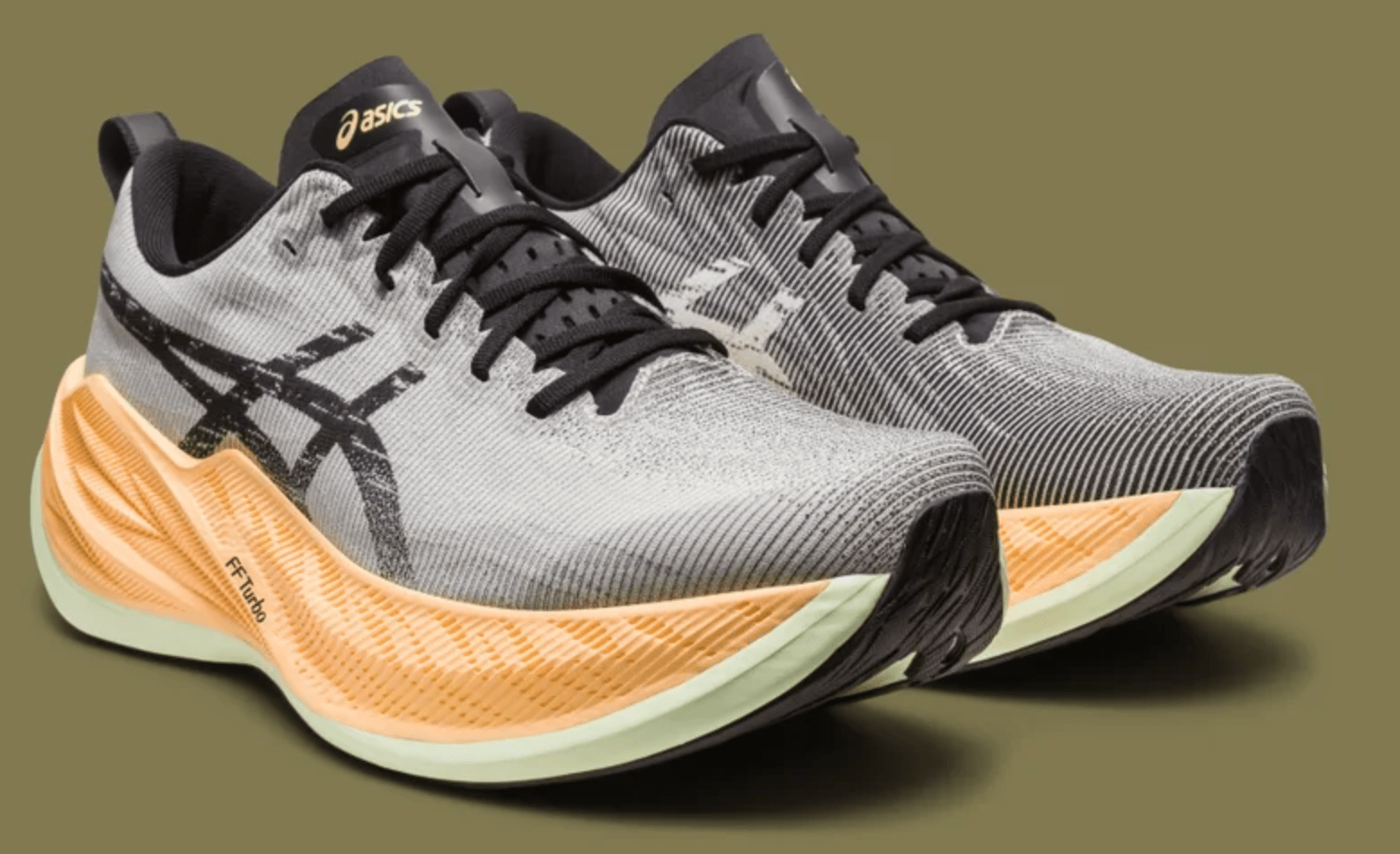
The biggest flaw of standard running shoes is the front of the shoe is too pointed, which counter the actual shape of the front of the human foot. These shoes under-provide the space our toes need to splay, expand and extend whereby loss of toe splay not only directly causes bunion formation, it also causes uneven stress over the foot.
But, it’s not just the feet that cushioned running shoes hinders the efficient use of, the tightness and inflexible fit are equally bad for your ankles, too!
Ankle-tight running shoes were found to put the tendons in the lower leg under unusual strain. A key study in Churchill Livingstone revealed that one of the most common forms of lower leg soreness in ultra distance runners was anterior ankle pain, which was directly caused by the narrow, inflexible design of their cushioned running shoes.
- The study discovered tightly-fitted running shoes, especially around the ankle-foot junction, significantly increased dorsal (top of the foot) pressure, which caused the extensor muscles that line the top of the foot and connects to the ankle, became irritated and inflamed. This also irritated the tendons lining the shin as well.
- The net consequence was shin splints, in addition to top of foot pain.
Obviously, cushioned running shoes can’t do everything; they certainly can’t strengthen your feet or ankles, but minimalist shoes can.
Minimalist shoes are wide, fully flexible and flat, and are ultimately intended to simulate being barefoot. These shoes were proven to be a better, long-term solution in improving foot strength because for one, the wide and flexible fit stimulates the feet directly by encouraging physical engagement everywhere on the foot, which in turn, results in a more fast-changing, foot strength development.
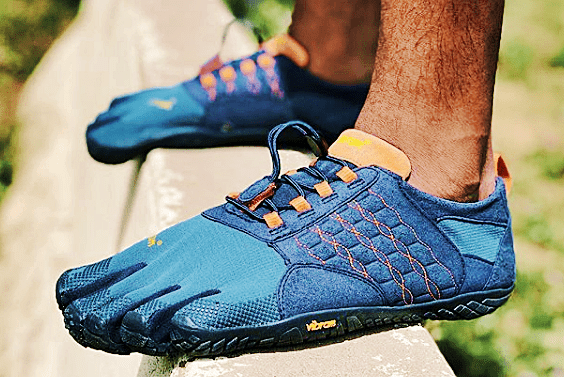
The evidence is also overwhelming in support of minimalist shoes improving your running form because the thin sole increases ground-feel at the foot whereby the sensory input translates into functional improvements in foot strike pattern. This helps you use your forefoot strike more effectively, which is a very necessary correction for the prevention of impact-related injuries.
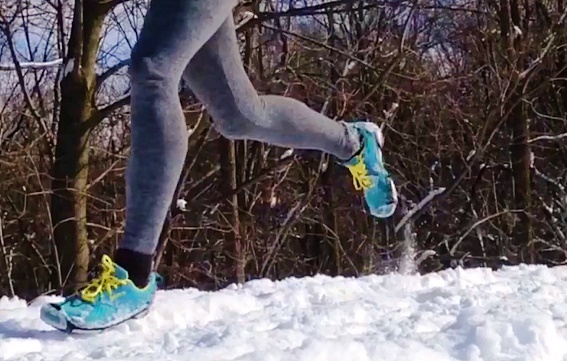
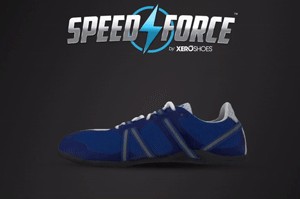
This is why the benefits of minimalist shoes always extends way beyond strengthening your feet, these barefoot-like shoes drives safer running form, putting you on track to achieve more performance progress, since for one, the ground-feel engages the brain in a unique manner that accounts for running with reductions in net impact. For another, minimalist shoes do a great job at repairing the damage to your fee caused by conventional running shoes, while helping your feet build more resilience against tough training.
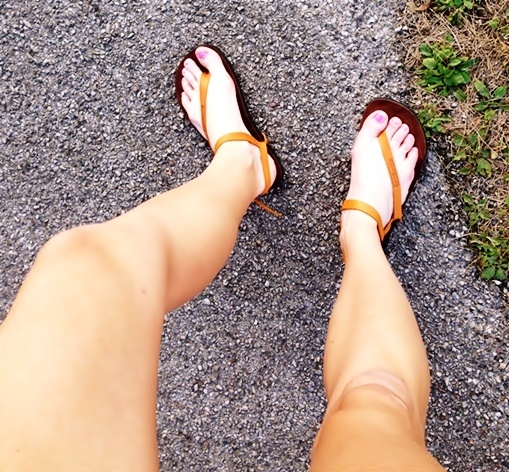
Always remember that your feet can be strengthened at ANY time, so make the time now with minimalist shoes. Start off with walking in minimalist shoes, and you’ll be amazed at how comfortable and natural it feels.

If you still need more convincing on all the wonderful benefits of minimalist shoes, here’s more study-backed reasons minimalist shoes will always be better for your feet than traditional footwear!
If you liked this post, you’ll love my YouTube channel, here, where I show why forefoot running is better and safer than heel strike running.
References:
Subotnick SI. The ankle. In: Subotnick SI, ed. Sports medicine of the lower extremity. New York: Churchill Livingstone, 1989:275-6.
If you’d like, you can support Run Forefoot and help keep it going by making a donation in any amount of your choosing:

Or, you can support Run Forefoot by shopping at the BEST Barefoot Shoe Brands, and be sure to bookmark these links 🙂
Lonowear: https://lonowear.com/?ref=cedsholh
Saguaro: https://www.saguaro.com/?ref=9bVA8fEkmDvB-I
Vibram FiveFingers: https://www.anrdoezrs.net/click-7600968-11372648
Vivobarefoot: https://amzn.to/3vycQOY
Be Lenka: https://www.tkqlhce.com/click-7600968-13947200
Xero Shoes: https://xeroshoes.com/go/Run_Forefoot
Iguaneye: https://www.iguaneye.com/?ref=8tfXVc92
Soft Star Shoes: https://shrsl.com/3mp1b
Wilding Shoes: https://bit.ly/3lIygQP
Bretta Riches
BSc Neurobiology; MSc Biomechanics candidate, ultra minimalist runner & founder of RunForefoot. I was a heel striker, always injured. I was inspired by the great Tirunesh Dibaba to try forefoot running. Now, I'm injury free. This is why I launched Run Forefoot, to advocate the health & performance benefits of forefoot running and to raise awareness on the dangers of heel striking, because the world needs to know.
Latest posts by Bretta Riches (see all)
- Can You Run In Barefoot Shoes? Yes, But DON’T Heel Strike! - 21/07/2024
- Why Cushioned Running Shoes Are Really Bad for Your Feet - 19/07/2024
- Do Cushioned Running Shoes Cause Injuries? - 17/07/2024

